PioSolver Course - Endboss Package
Everything you need to know about PIO-
No Previous Experience/Knowledge Required
-
Learn How to Use The Most Advanced and Powerful Features
-
6h of Material, inc feature guide, HH analysis
PLUS bonus Mental Game Series
Blockers in 20m
Learn when to make the big move-
Learn How Blockers Affect Your Folding, Calling and Bluffing Decisions
-
17 Rapid Fire HH analyses
-
Make Smarter Decisions, Play Better =>
Crush Your Opponents

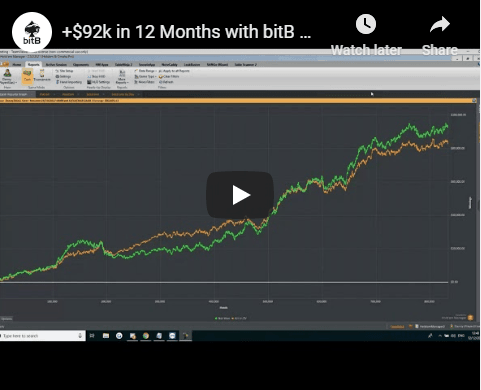

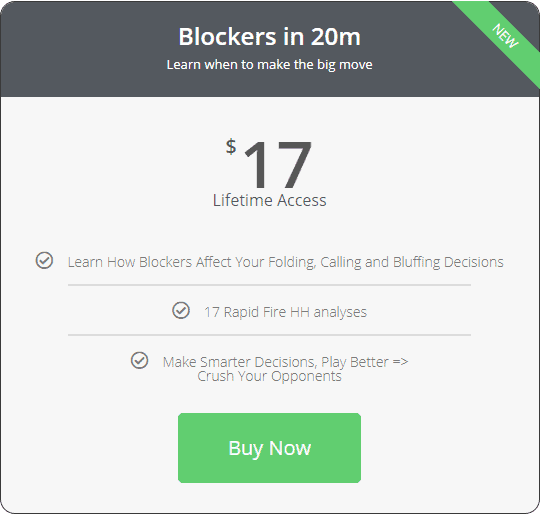

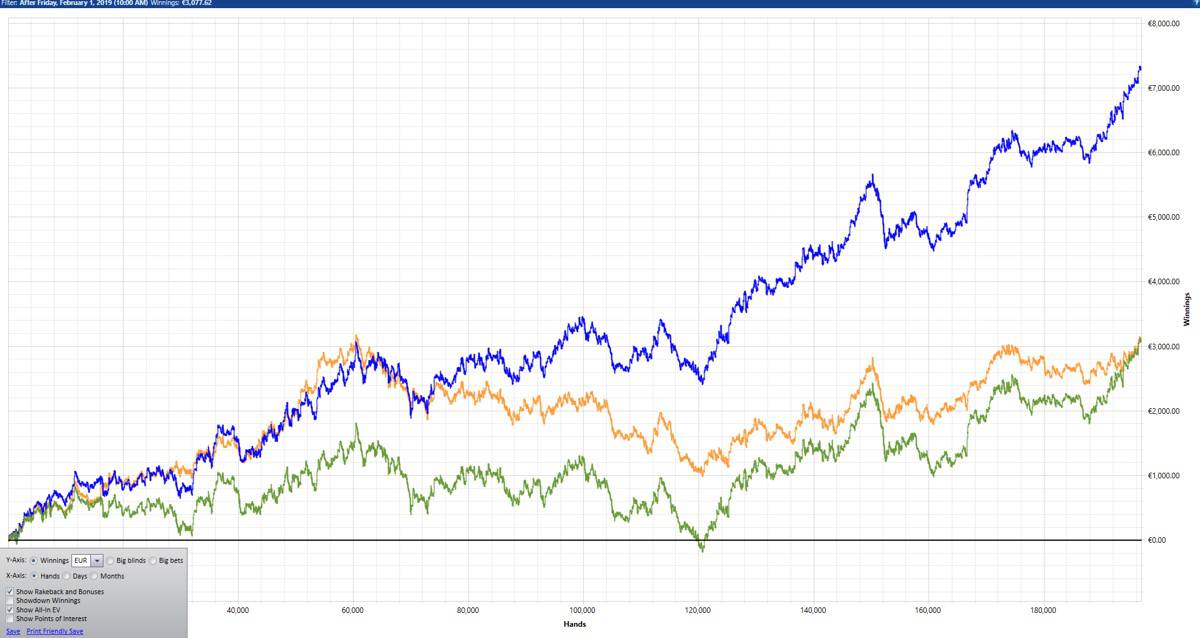
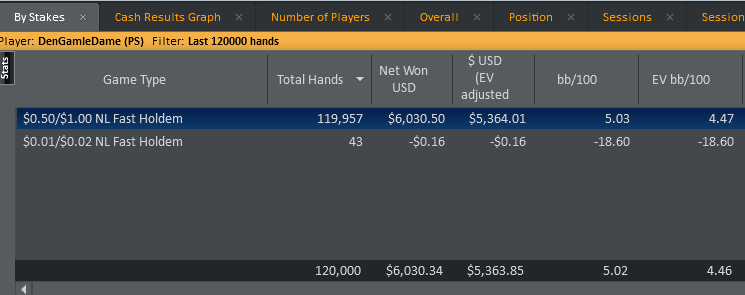


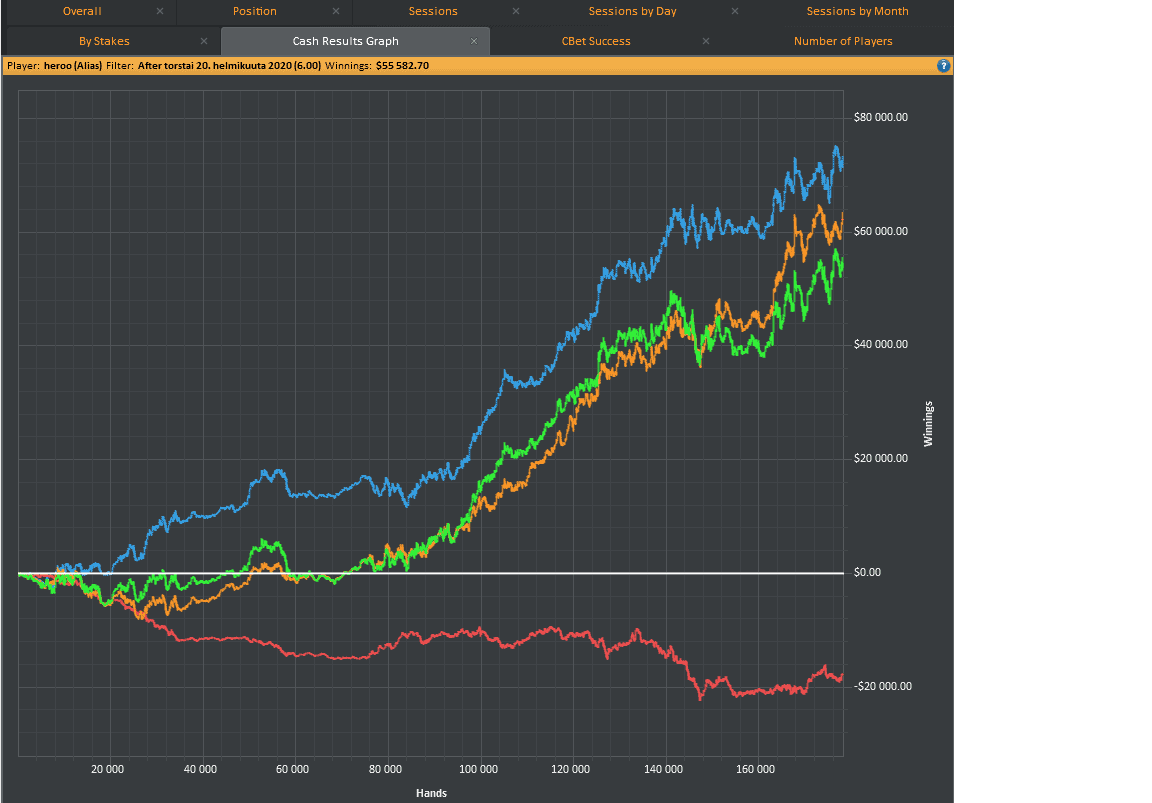

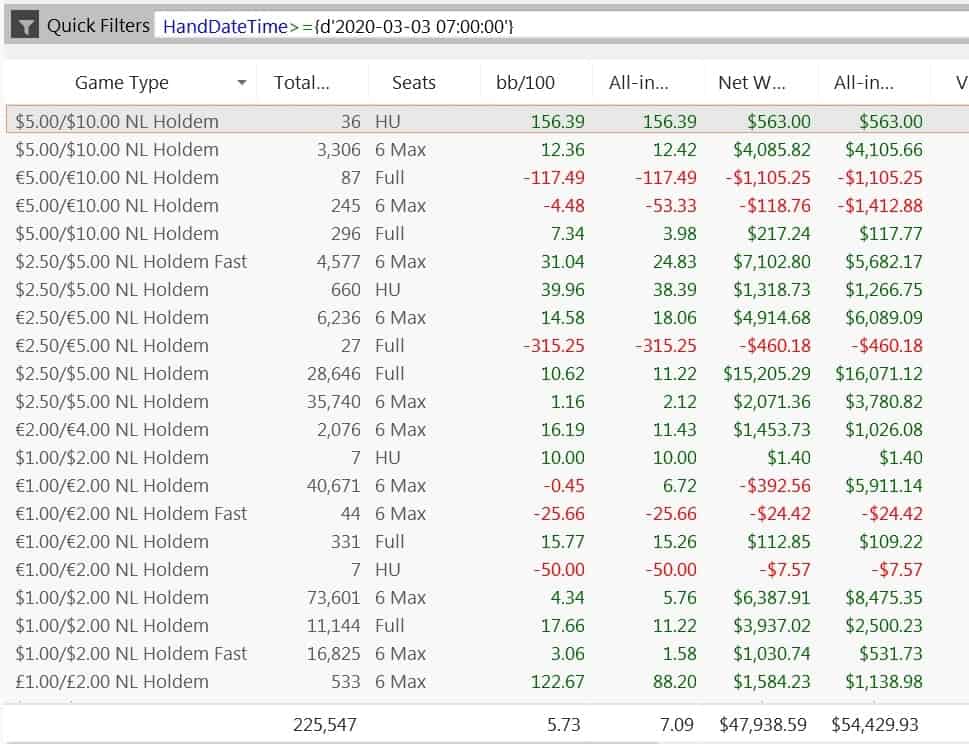
The Ultimate Guide to GTO Poker Solvers
The Ultimate Guide to GTO Poker Solvers - 5. The Five Biggest Mistakes People Make Using Poker Solvers
So hopefully you’ve read the first 4 installments of my ultimate guide to poker solvers. You’ve realised that to be a poker badass in 2019 you probably need to be using PioSolver, you’ve bought yourself a license and you’re ready to go. Right? Wrong! Read on to find out the 5 biggest mistakes people make when trying to improve their game using a GTO poker solver,
1. Seeking Validation
Without doubt this is the single most common mistake in people’s approach to using solvers. They’ve played some hand, normally where they lost a stack, so they set up a simulation with the conscious or unconscious goal of proving their hand was played ‘fine’ – or even worse, ‘standard’. I feel great rage when I see students do this 😀 They let their simulation run, then look only at their exact hand, on this exact board runout, vs exactly these betsizings. They are looking for the answer to a simple yes/no question – was my decision acceptable? Can my self-image of ‘good poker player’ remain intact? Is my own inflated ego justified?? This is a reductive and ego-centric viewpoint which limits the scope of useful learning to one decision point out of literally thousands in even the most basic simulation.
While using hand examples from your own play certainly makes your learning more meaningful, you are studying simulations not to feel less pain over a hand you’ll never get back, but to improve your own strategies for the next time you face a similar situation. For this reason, it’s best to take a wider view, even at the stage of setting up the simulation. Just because you happened to face a bet of a certain size, include different sizes to see whether one is favoured over another. Just because the river completed the flush, certainly you still want to check out how the spot plays out on a brick. If you’re hand turns out to be a fold – how close is it? What other borderline hands are there, and does the boundary between ranges surprise you in any way? If you were 120bb deep, what changes at 100bb deep – or 200? Simming specific hands should not stop you making more general strategic conclusions – infact the more general, the more useful these conclusions will be to you in future hands.
2. Ignoring Practicality
So you’ve set up your sim, and you see that Pio wants to bet flop 60% overall in this spot (45% with your combo), turn is bet 40% (70% with your combo) and river bets for all-in 10% of the time, 150% pot 20% of the time and 75% pot 30% of the time (your combo splits between all 4 options). What have you learned?
Nothing. There is a limit to how complex a strategy an unassisted human player can reliably execute. In order to improve the strategy you are using, you will need to simplify the range of options you have at each point. In my coaching work with BitB Cash, I am always talking about heuristics – simple, mental rules that determine my decision making in each spot. When looking at sims, I am looking only for ways to improve my decision making heuristics. It is extremely easy to get bogged down in the peculiarities of each spot you’ll see in solver solutions – always bear in mind that you are looking to draw general, implementable rules – heuristics – that you can use at the tables next time you play. Don’t try and set up a strategy where you have 4 betsize options with your range on each street – you’ll end up confused and probably just playing your hand.
3. Forever Solving (Never Studying)
For certain types of people, Pio represents such a paradigm-shift in poker study that their urge is to solve every spot they can imagine, hoping to create a comprehensive library of every conceivable spot. Let me come clean and let you know that I was/am one of these people 😀 When Pio first came out, I rented a server from Amazon, set up Pio on it with a few basic tree structures and set about solving all 1,755 strategically isomorphic flop combinations for each of a few spots. Around 3-4 months (and several hundred bucks to Jeff Bezos) later I had many gigabytes worth of simulations, which proved to be almost entirely useless, while my competition had been actually looking at sims and catching me up (or maybe leaving me behind 😀 )
This is something I see quite often with students – they’ll obsess about what hardware to buy so they can run a million sims in the shortest time, or over how long they should let each sim run so it’s hyper-accurate. Rather than actually opening a solution and comparing (or creating) their mental heuristics for how a spot should be played. You don’t need some rig that can hack the pentagon or a rack of servers to get going with Pio, just a run of the mill laptop and an open mind
4. Lazy Assumptions
Your solution is only as good as the parameters you’ve set up. If you’ve purchased some preflop ranges or saved some tree structures, it’s tempting to use them unquestioningly rather than tailoring each sim to reflect the actual situations you’ve faced. Similarly, it’s easier to assume that the betsize your opponent used is the only one they have in a particular situation – but if you’ve ever watched an Ishter11 liveplay video (or take my word for it if you haven’t) that if you’re diligent about note-taking, you’ll see (mostly weaker) regulars using multiple betsizes in all sorts of strange situations. Your goal when setting up a simulation is to make it as realistic as possible, rather than to do so as quickly as possible. I took a trip with a truly world class/elite player recently and he told me that he never uses pre-saved parameters, as:
“each simulation I make is a work-of-art”
5. Forgetting Exploitation
[Audience]: Wait, aren’t you the guy who wrote about why the exploitative mindset is wrong and everyone needs a solver?
Why, yes. You can check out that article here. But, if you read carefully you’ll notice that I advocate against a purely exploitative mindset only as informed exploitation implies knowledge of the underlying fundamentals. You can’t deviate from a strategy you don’t know. I’m of course not saying that a purely GTO mindset is correct – most of the time playing poker you’re not up against the world’s best players. So I advocate for solid fundamentals and well reasoned, measured exploits around the margins.
Certain more analytically minded guys struggle with this – oftentimes people assume that they are playing against other people studying Pio, or that the regulars in their games will notice significant adjustments and counter correctly. This of course isn’t realistic. If you have good information to suggest someone is playing sub-optimally in a particular way (e.g. playing too tight), you should of course colour the conclusions you draw with this information. If you decided that 50% is the correct bluff frequency with your combo in game, and you solve to find that Pio only wants to bluff 10%, that doesn’t necessarily make you wrong. GTO solutions provide a baseline, solid fundamental strategy for each spot which you can then adjust away from to exploit your villains as much as you dare.
That’s it for now – hope you enjoyed this guide of what not to do when getting started with Pio (or your poker GTO solver of choice). Tomorrow we’ll be looking at the other side of the coin – ways you can get the most out of your solver work and study in the most efficient manner.
Give us some love if you enjoyed!
GL out there!
D7
The Ultimate Guide to GTO Poker Solvers
PioSolver Course - Endboss Package
Everything you need to know about PIO-
No Previous Experience/Knowledge Required
-
Learn How to Use The Most Advanced and Powerful Features
-
6h of Material, inc feature guide, HH analysis
PLUS bonus Mental Game Series
Blockers in 20m
Learn when to make the big move-
Learn How Blockers Affect Your Folding, Calling and Bluffing Decisions
-
17 Rapid Fire HH analyses
-
Make Smarter Decisions, Play Better =>
Crush Your Opponents













HI i really love you article :), it feels like you wrote my exact toughts on it ,because i often had conversations about :fuck off gto etc. with some livepoker Player Friends xD (Maybe loosing Players online ,not a fan of them haha ) and i always tell them just to exploit a Little from it how do you wanna know the exploitve way if u even dont know the correct gto strategy . THank you i found my Twin brother here haha . Anyways i have a Question About the roundings from 1/1 to 1/5 i mostly use 1/1 roundings and sovle with 2 sizes each street, than solve the same subset again with the prefered size on each street to simplify it as much as possible . My Question is now is 1/1 too simplified in Terms of loosing too much ev or whats your opinion about it? Thank you =) regards Rene
Hey Rene, glad you enjoyed the article!
Honestly I’ve never really used strategy rounding, and I think it’s a sign you’re approaching things a bit wrong.
Your goal shouldn’t be to precisely memorize strategies (the only real reason to constrain pio in this way), it should be to look at the full unconstrained strategy and draw whatever generalities you can/ note any patterns in what you see between numerous sims in a particular situation.
Dont get bogged down worrying about whether you’re betting some combo 20% or 40% or 32%, the important thing is to have a good idea of how to construct your range (I.e. not missing a bunch of middling frequency hands altogether or betting always some hands that should sometimes check).
I actually wrote another article recently about how to randomise properly, you can check it out here
https://bitbcash.com/2019/06/24/how-to-use-an-rng-to-play-better-poker/
GL out there brother 😉
Donald